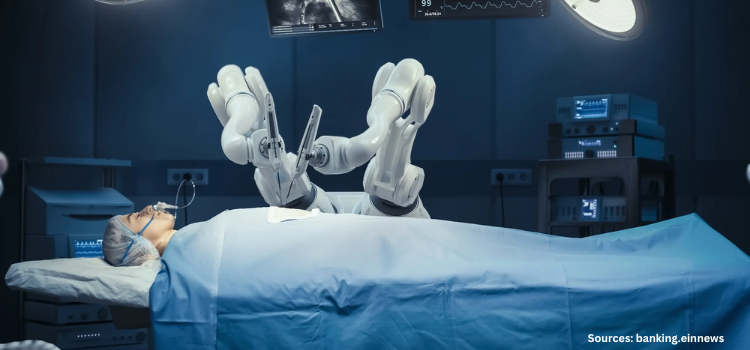Revolutionizing Cancer Imaging with Philips’ CBCT System
27-Feb-2025
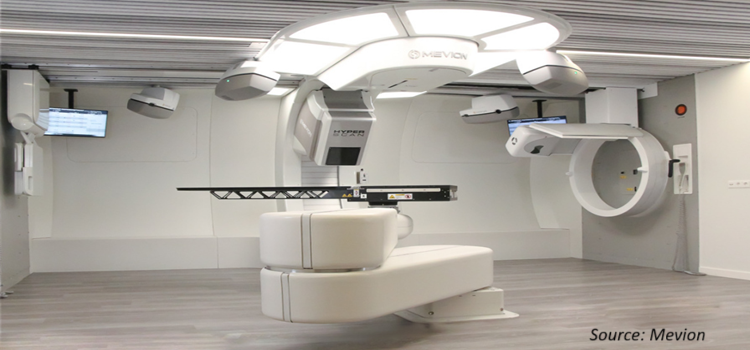
Introduction
In the ever-changing world of medical imaging, precision and clarity become the most important, especially in the diagnosis and treatment of cancer. Cone beam computed technology (CBCT) system came forward as a revolutionary medical imagining device that offers detailed 3D, and very precise image enhancement techniques to improve clinical decision-making activities. In addition to that Philips emerged as a prominent company in this healthcare innovation through introduction of its CBCT software that helps to detect cancer, reshaping cancer care in the recent time.
This blog explores the role of CBCT in cancer care, its advantages over traditional methods of imaging, and its growing importance in oncology. Further, the blog discusses about Philips' innovative SmartCT Soft Tissue technology, integrating CBCT for enhanced visualization, real-time guidance, and improved treatment outcomes. The blog also throws light over Philips’ Smart CT clinical applications, radiation safety measures, and the future scope of CBCT in cancer care.
Role of CBCT in Cancer Care
The latest report of World Health Organizations states that in 2023, an estimated 20 million new cases of cancer were diagnosed and 9.7 million died from this disease. The report also states that 1 in 5 people develop cancer in their lifetime, with around 1 in 9 men and 1 in 12 women die from the disease each year.
At worldwide level there is a rapid growth of cancer that is depicted in the info graph below, in this field of growing oncology cases, precise imaging capability provided by CBCT system offer accurate localization, treatment planning and monitoring therapeutic progress. Several advantages are offered by CBCT technology in the cancer care.
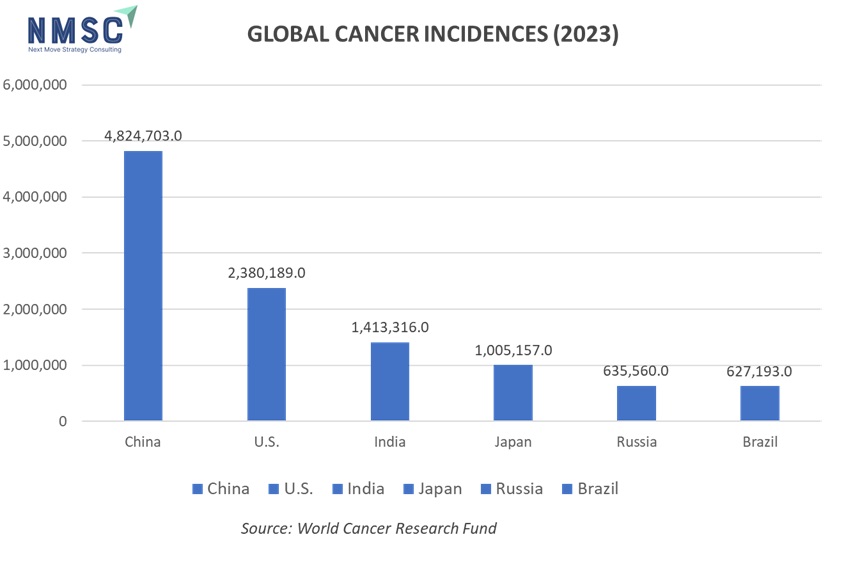
Enhanced Tumor Visualization: CBCT provides high resolution images that offer clinicians to delineate tumor boundaries more clearly, facilitating targeted interventions.
Real Time Guidance: During minimally invasive procedures such as biopsies or ablations, CBCT offers real time imaging, assisting physicians in navigation instruments to the precise location of the tumor.
Treatment Monitoring: CBCT offers assessment of treatment efficacy through providing clear and 3D visualization depicting changes in tumor size and morphology over time.
Philips' SmartCT Soft Tissue Imaging Technology
Philips is now at the forefront of integrating CBCT technology into cancer care through developing solutions that enhance diagnostic accuracy and procedural efficiency. Their SmartCT Soft Tissue imaging technology offers CBCT acquisition technique augmented with step-by-step guidance, advanced 3D visualization and measurement tools, all these features are accessible on a touch screen module at the table side. This design allows clinicians to get accurate CBCT images and workflow by guiding them through key step. Once the CBCT scan is successfully performed the 3D images automatically gets displayed in the SmartCT 3D visualization tool with the appropriate rendering settings and measurement tools tailored for the selected protocol.
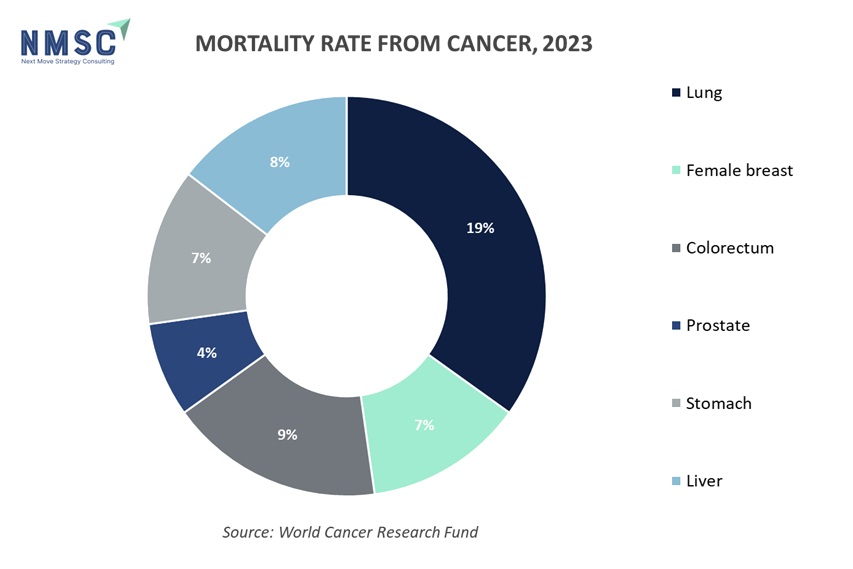
Clinicians Applications and Benefits
Clinical benefits of Philips' SmartCT Soft Tissue have been well established in a wide range of oncological interventions, including the following:
Tumor Embolization: In procedures such as trans arterial chemoembolization (TACE) for liver cancer, CBCT aids in visualizing the tumor and surrounding vasculature, allowing for precise delivery of therapeutic agents.
Biopsy and Ablation of Tumors: CBCT guides appropriate real-time biopsy and ablation by improving the precision of the needle to fully cover the tumor, minimizing complications, and ultimately improving patient outcomes.
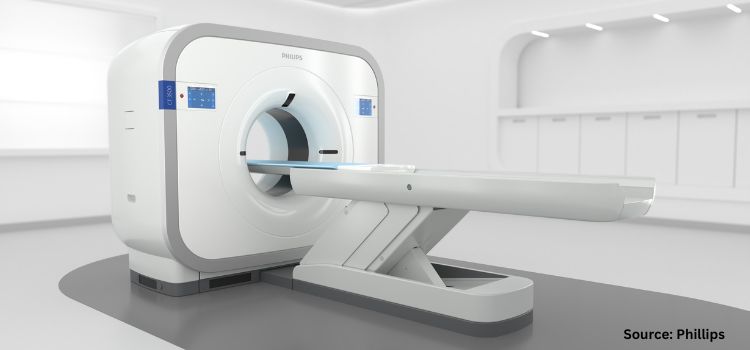
Minimizing Radiation Fears
While CBCT offers a number of advantages, there are still concerns regarding radiation exposure. Philips responds to these concerns by integrating advanced technologies that optimize image quality while minimizing radiation dose. For example, their systems use ClarityIQ technology, that provides high-quality imaging at low radiation doses, thus ensuring the safety of patients without compromising diagnostic efficacy.
Conclusion
The expanding role of CBCT in cancer is transforming the way tumors are diagnosed, monitored and treated in recent years. With its ability to provide high resolution 3D imagining, real time procedural guidance and improved treatment accuracy, CBCT is becoming a crucial diagnostic tool in oncology. As advancement in medical science progresses with technology advancement in CBCT system, its application are expected to extend further into adaptive radiotherapy, AI driven diagnostic and more personalized cancer treatment approaches. Philips is at the forefront of these innovations through combining advanced imagining capabilities with use friendly interface and radiation dose optimization. As CBCT technology continues to evolve, the commitment of Philips towards innovation ensures that clinicians have the most advanced imaging tool to enhance patient outcome and revolutionize oncological treatment.
About the Author
 Sukanya Dey is a passionate and insightful writer with over three years of experience, she excels in providing clients with in-depth research and valuable insights, helping them navigate complex business challenges. She has a keen interest in various industries, including Retail and Consumer, Healthcare, Manufacturing, Automotive, and ICT & Media. Sukanya strives to offer fresh perspectives and innovative solutions through her comprehensive research. She finds immense joy in weaving her thoughts and ideas into captivating articles and blogs, where her passion for literature and art shines through. In her free time, she enjoys reading books, cooking, filming, often drawing inspiration from these activities for her creative writing endeavors. The author can be reached at [email protected]
Sukanya Dey is a passionate and insightful writer with over three years of experience, she excels in providing clients with in-depth research and valuable insights, helping them navigate complex business challenges. She has a keen interest in various industries, including Retail and Consumer, Healthcare, Manufacturing, Automotive, and ICT & Media. Sukanya strives to offer fresh perspectives and innovative solutions through her comprehensive research. She finds immense joy in weaving her thoughts and ideas into captivating articles and blogs, where her passion for literature and art shines through. In her free time, she enjoys reading books, cooking, filming, often drawing inspiration from these activities for her creative writing endeavors. The author can be reached at [email protected]
Add Comment
Related Blogs
What Next-Gen Tech is Shaping Healthcare Security?
Introduction In the recent years, the healthcare industry has been facing unp...
How Advanced Tech is Shaping Regenerative Medicine
Introduction Regenerative medicine stands at the forefront of healthcare inno...
How Medical Robots Are Transforming Healthcare
Introduction In the ever-evolving landscape of healthcare, medical robotics s...











